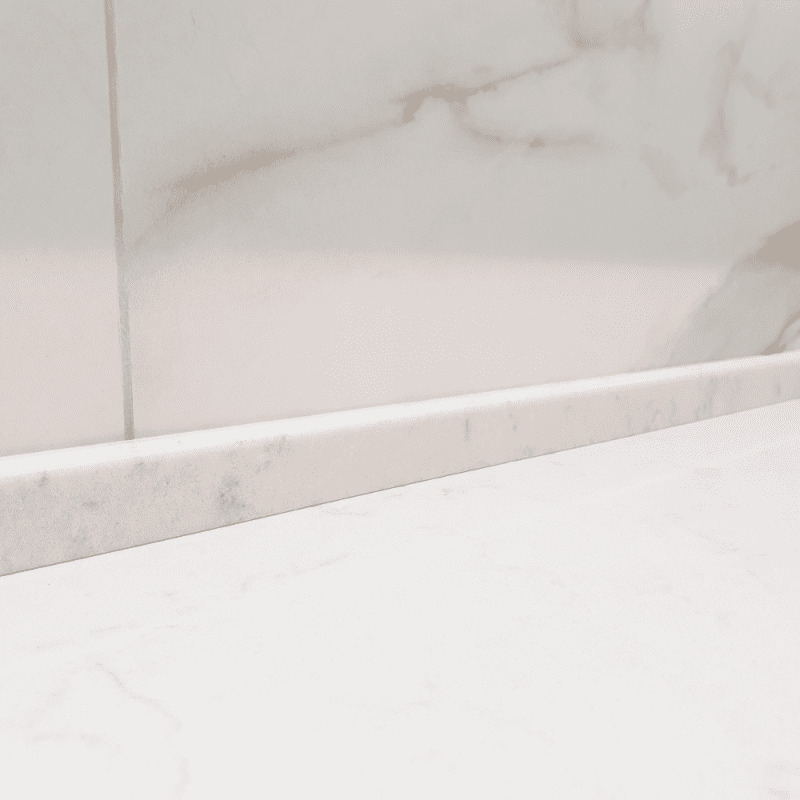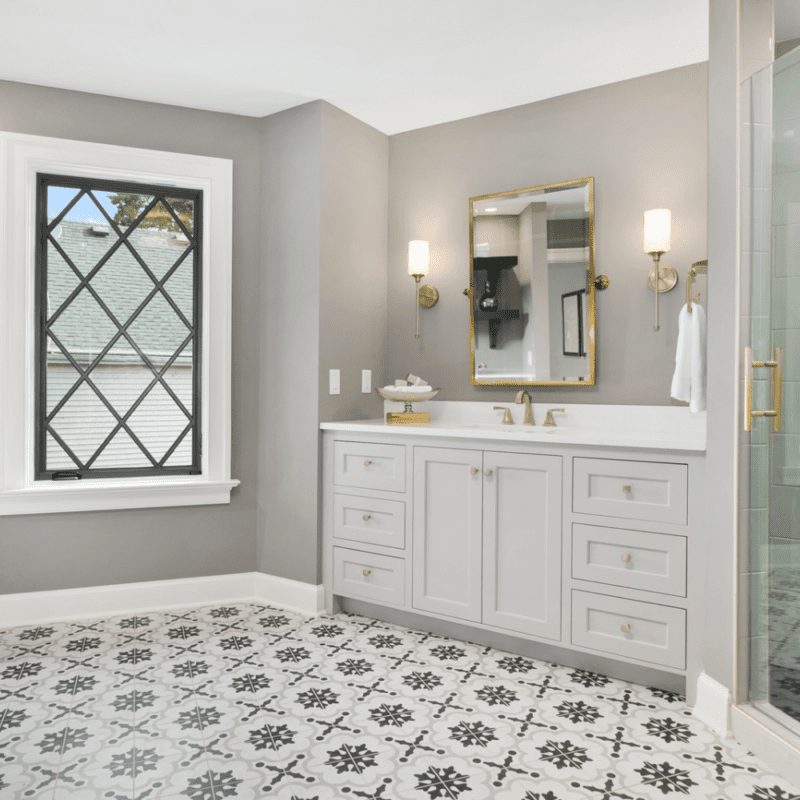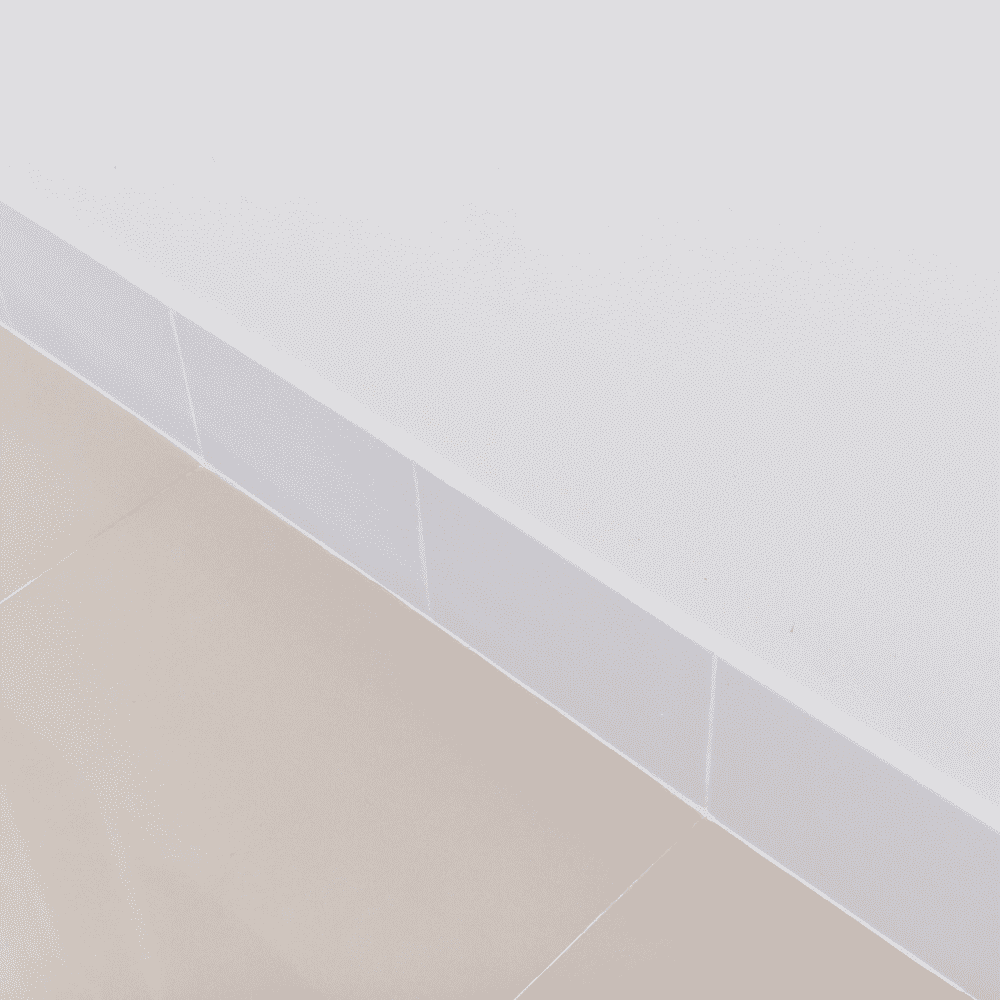In the bustling Sajaa Industrial Area in Sharjah, numerous tile skirting factories specialize in crafting porcelain tiles with exceptional flexibility. Primarily focusing on popular dimensions like 10×60 cm and 10×120 cm, these factories adeptly tailor skirting to match diverse customer preferences. However, they don’t shy away from accommodating unique requests, such as transforming a 60×60 cm porcelain tile into six pieces of skillfully cut and curved skirting, showcasing their commitment to precision and bespoke solutions in the tile manufacturing industry.

What are tile skirting?
Tile skirting refers to a narrow border or decorative trim installed at the base of a wall where it meets the floor. It serves both functional and aesthetic purposes, providing a transition between the wall and the floor while also protecting the lower part of the wall from damage, such as scuffing or abrasion. Tile skirting is often made from the same material as the floor tiles, creating a cohesive and polished look in spaces like kitchens, bathrooms, and other tiled areas. It can come in various sizes, shapes, and materials, allowing for customization to suit different design preferences and practical needs.
Types of skirting tiles
- Material: Crafted from high-quality porcelain clay, known for its durability and low water absorption.
- Sizes: Available in various dimensions, with common choices being 10×60 cm and 10×120 cm.
- Finishes: Offers a range of finishes, including glossy, matte, or textured options, ensuring a seamless match with floor tiles.
- Color Options: Diverse color palette to coordinate with the overall room design.
- Cutting and Curving: Porcelain’s versatility allows for precise cutting and curving, accommodating specific design requirements.
- Installation: Typically installed along the base of walls, creating a functional and visually pleasing transition between the floor and wall surfaces.

Uses of skirting tiles
- Aesthetic Enhancement: Skirting tiles contribute to the overall aesthetic appeal of a room, providing a finishing touch to the junction between the floor and walls.
- Protection: They serve a protective function, preventing damage to the lower part of walls from scuffs, abrasion, and cleaning activities.
- Seamless Transitions: Skirting tiles create a smooth transition between different flooring materials or cover gaps and irregularities at the floor-wall junction.
- Moisture Barrier: Especially relevant in wet areas like bathrooms and kitchens, skirting tiles act as a barrier against moisture, preventing water from seeping into the walls.
- Concealing Wiring: Skirting tiles are often used to conceal electrical wiring or cables running along the base of walls, maintaining a neat and tidy appearance.
- Design Flexibility: They offer design flexibility by allowing the incorporation of different materials, colors, and patterns to complement or contrast with the floor and wall surfaces.
- Visual Distinction: Skirting tiles can be used to create visual distinctions, accentuating certain areas or complementing specific design elements in a room.
- Maintenance Ease: The presence of skirting tiles makes it easier to clean and maintain the lower part of walls, enhancing the overall cleanliness of a space
contact +971564305251




